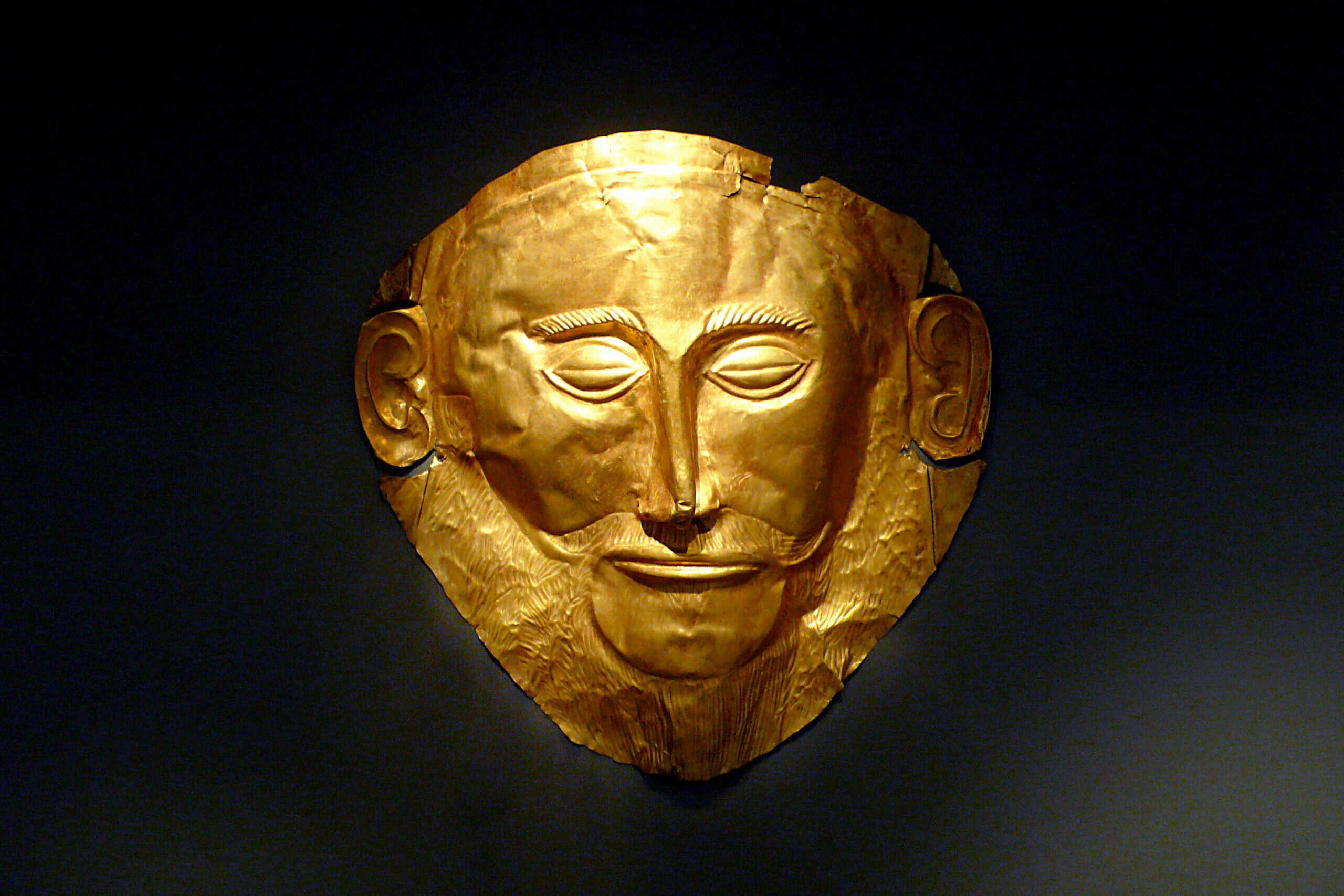The Earth is full of incredible natural wonders that defy belief and captivate the imagination. From towering rock formations to vibrant, multicolored landscapes, these unique sites showcase the planet’s diverse geological and ecological processes. Here, we explore some of the most unusual natural formations on Earth, each with its own fascinating story and distinctive features.
Salar de Uyuni, Bolivia
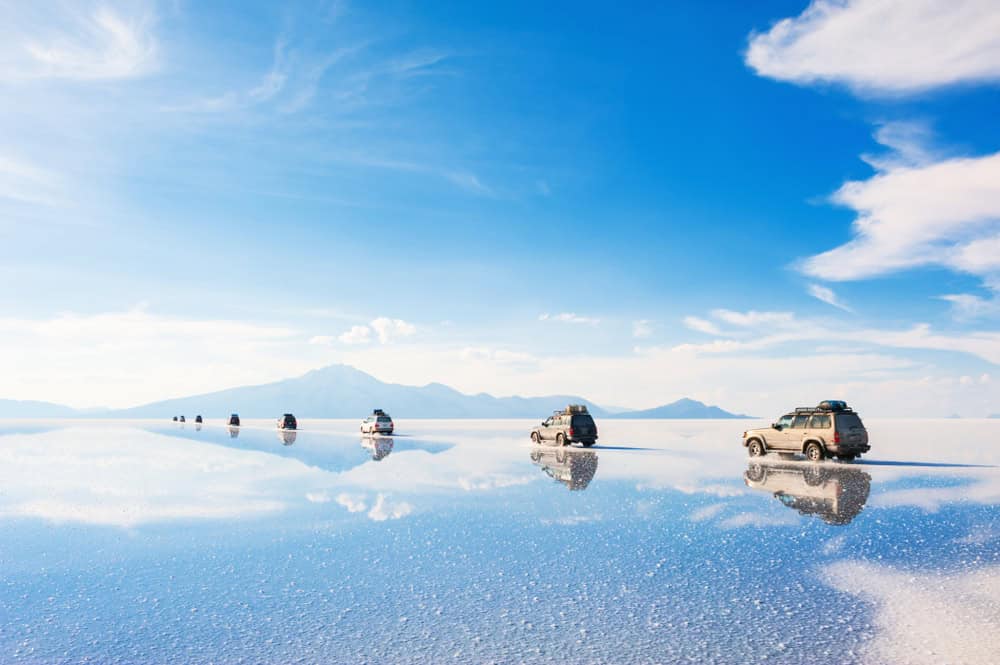
Salar de Uyuni is the world’s largest salt flat, spanning over 10,000 square kilometers. During the rainy season, it transforms into a giant mirror, reflecting the sky above. This breathtaking effect creates an otherworldly landscape that appears to merge heaven and earth. The salt flat was formed by the prehistoric Lake Minchin, which evaporated leaving behind a crust of salt and other minerals. It’s also a rich source of lithium, a key component in rechargeable batteries.
Antelope Canyon, USA
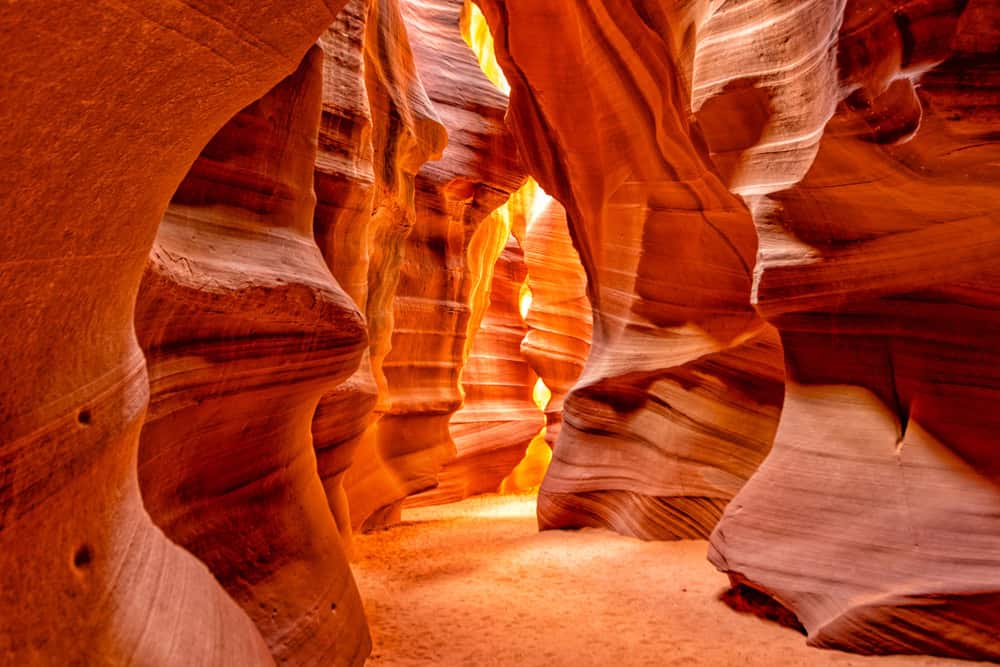
Antelope Canyon, located in Arizona, is renowned for its stunning slot canyons. Carved by flash flooding, the narrow passageways feature smooth, wave-like walls that glow with shifting shades of orange and red. Sunlight filtering through the narrow openings creates beams of light that add to the magical atmosphere. The canyon is divided into two sections, Upper and Lower Antelope Canyon, each offering unique and mesmerizing views. It has become a favorite spot for photographers and nature enthusiasts alike.
Giant’s Causeway, Northern Ireland
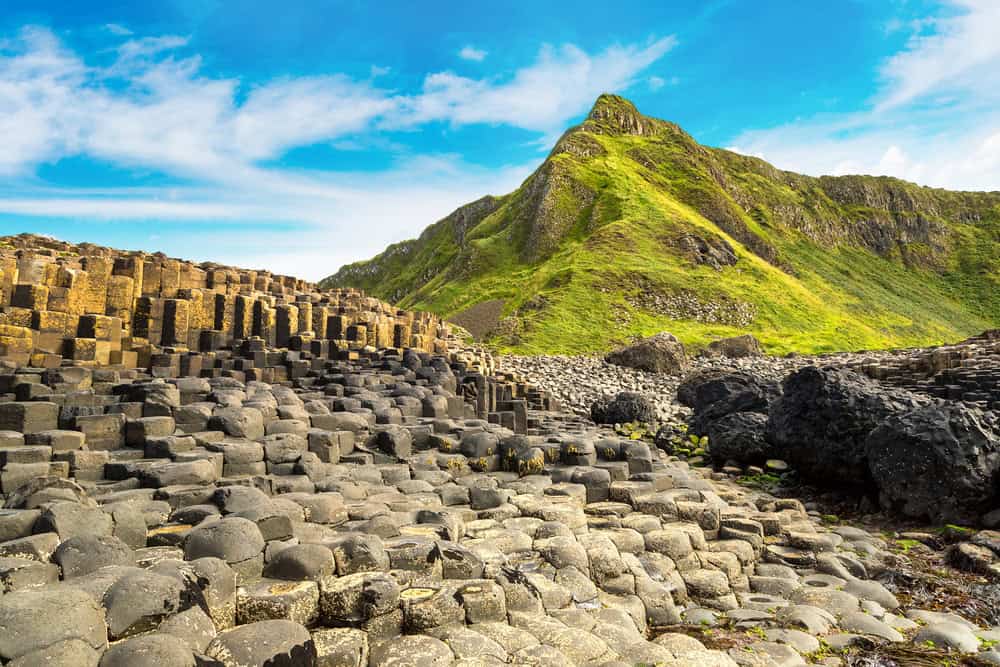
The Giant’s Causeway consists of about 40,000 interlocking basalt columns, the result of an ancient volcanic eruption. These hexagonal pillars, some reaching up to 12 meters high, create a natural stepping-stone pathway leading into the sea. Legend has it that the columns are remnants of a causeway built by the Irish giant Fionn mac Cumhaill. The unique formation is a UNESCO World Heritage Site and a popular tourist destination. Its scientific significance lies in the study of volcanic activity and rock formation.
Pamukkale, Turkey
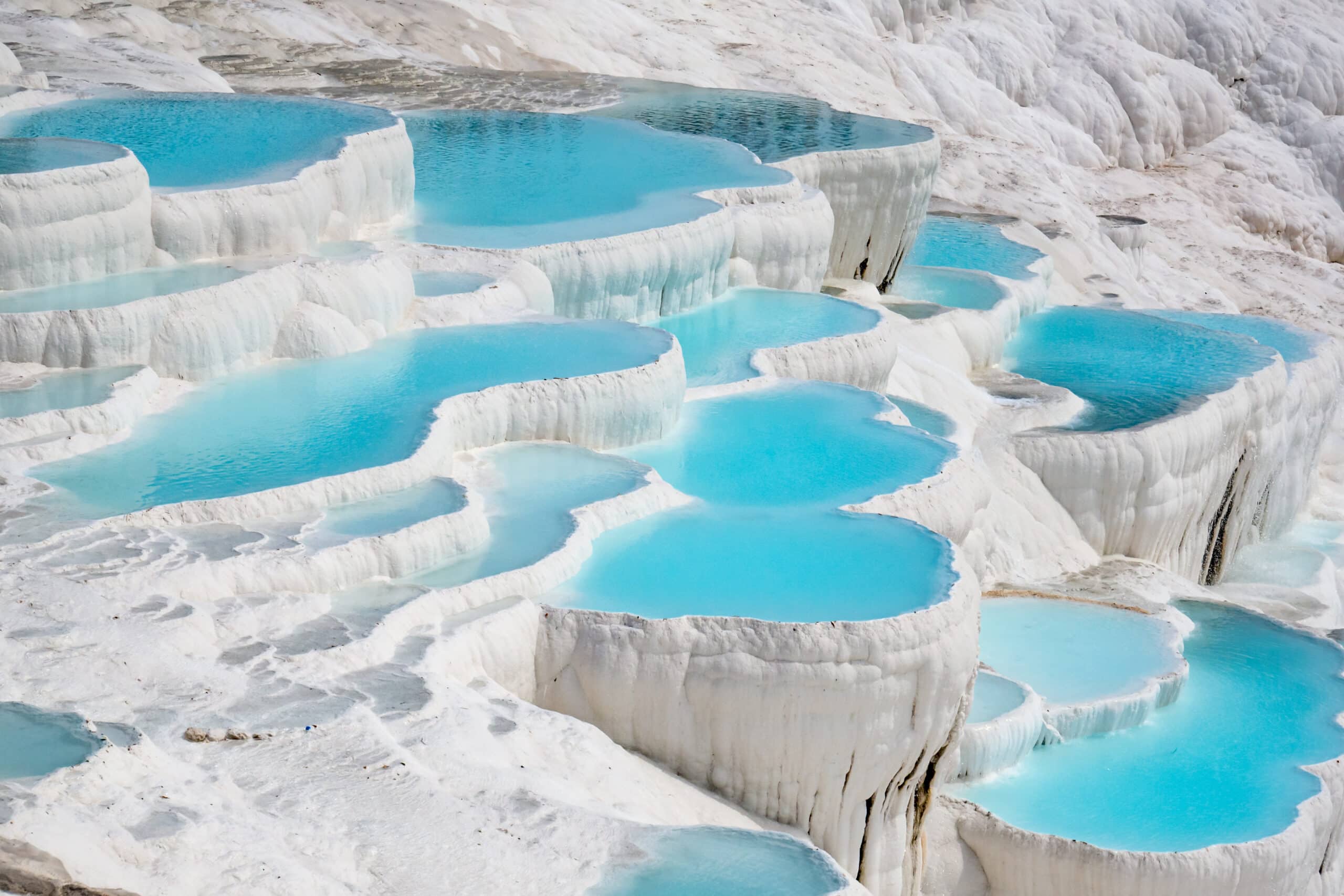
Pamukkale, meaning “Cotton Castle” in Turkish, is a natural site famous for its white terraces of travertine, a sedimentary rock deposited by mineral-rich hot springs. The terraces cascade down the hillside, creating pools that range from icy blue to warm aquamarine. Visitors can bathe in these thermal waters, which have been used for therapeutic purposes for thousands of years. The nearby ancient city of Hierapolis adds historical intrigue to this natural wonder. The site is also a UNESCO World Heritage Site, drawing visitors from around the world.
Zhangye Danxia Landform, China
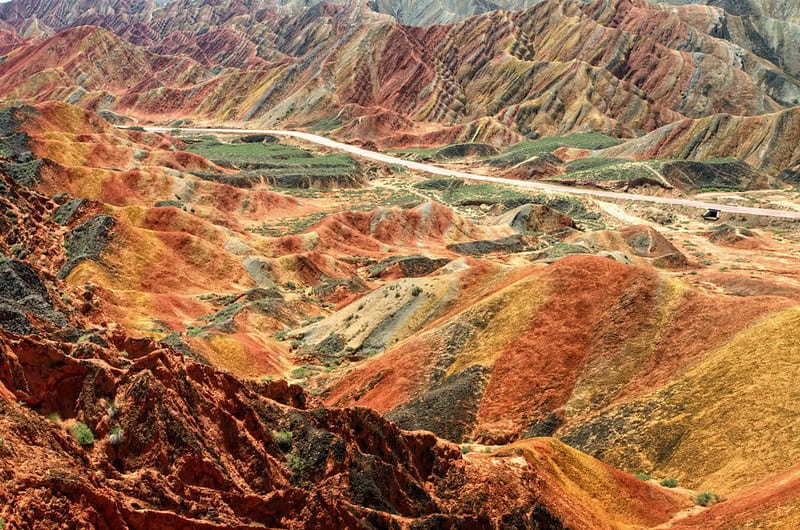
The Zhangye Danxia Landform in Gansu Province is famous for its rainbow-hued mountains. The vibrant colors are the result of red sandstone and mineral deposits laid down over 24 million years. Wind and rain erosion sculpted the unique shapes and exposed the colorful layers. The landscape resembles a surreal painting, with stripes of red, orange, yellow, green, and blue. It is considered one of China’s most beautiful landforms and has been designated a UNESCO World Heritage Site.
Fly Geyser, USA
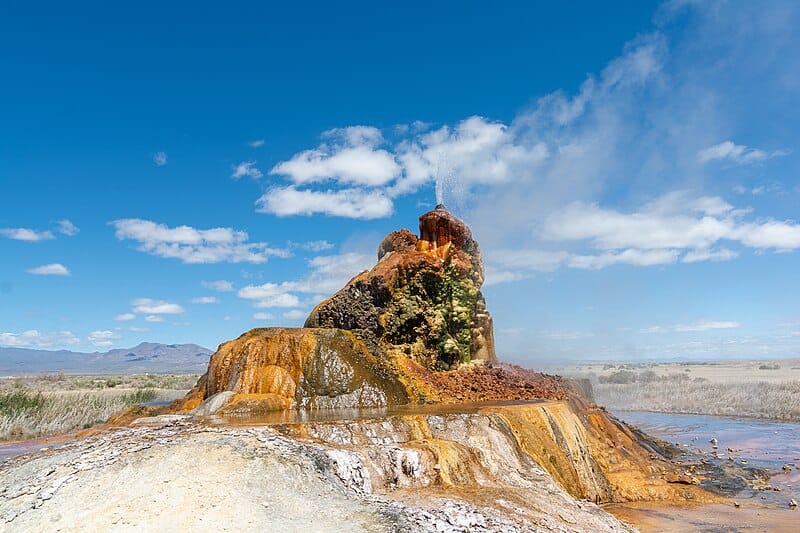
Fly Geyser is a small geothermal geyser located in Nevada. It was accidentally created in 1964 during a well-drilling operation, which punctured a geothermal pocket. The geyser has grown over time, forming terraces and cones from mineral deposits. The vivid colors of the formations are due to thermophilic algae thriving in the hot, mineral-rich water. Despite being on private land, it has become a fascinating attraction for those who manage to visit.
Wave Rock, Australia
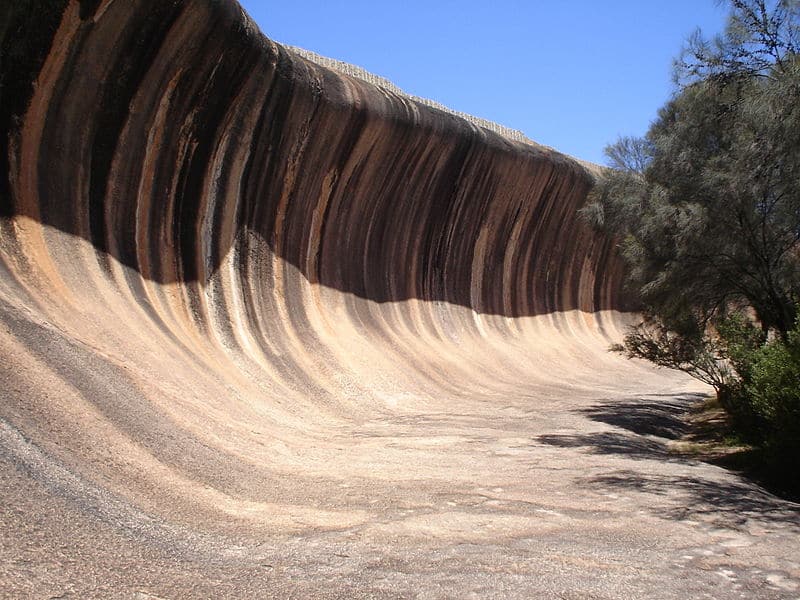
Wave Rock in Western Australia is a natural rock formation that resembles a giant ocean wave about to crash. This 14-meter high and 110-meter long granite cliff was formed over 2,700 million years ago. Erosion by weathering processes created the wave-like shape, while water runoff stained the rock with vertical stripes of various colors. Local Aboriginal culture considers Wave Rock a significant landmark, and it features in several Dreamtime stories. It’s a popular site for tourists who marvel at its unique appearance.
The Eye of the Sahara, Mauritania
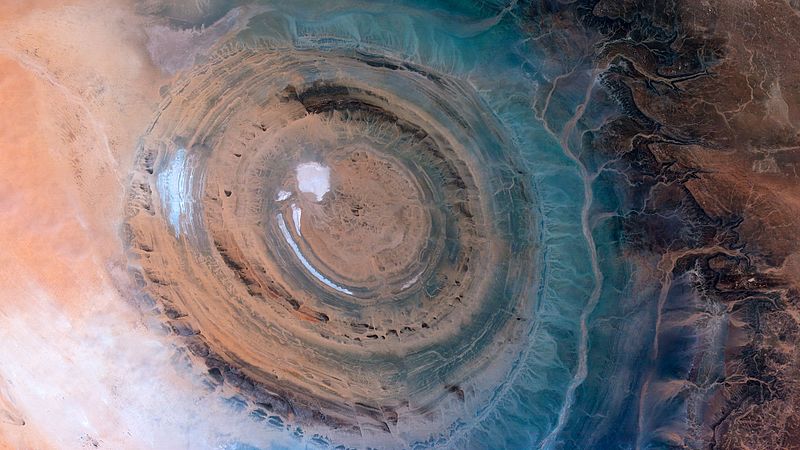
The Eye of the Sahara, or the Richat Structure, is a prominent circular geological feature in the Sahara Desert. With a diameter of 40 kilometers, it is visible from space and resembles a bull’s-eye. Scientists believe it was formed by erosion of a domed structure, rather than an impact crater. The concentric rings are made up of different types of rock, providing a window into the geological history of the region. It remains one of Earth’s most enigmatic and striking natural formations.
Bryce Canyon Hoodoos, USA
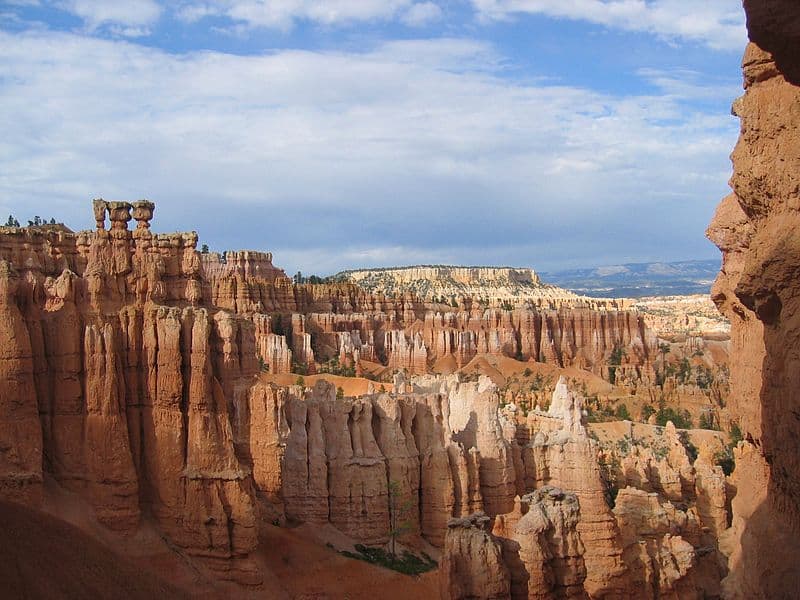
Bryce Canyon National Park in Utah is renowned for its hoodoos, tall, thin spires of rock that protrude from the bottom of the basin. These formations are shaped by frost weathering and stream erosion of the river and lake bed sedimentary rocks. The hoodoos, ranging in height from a few feet to over 200 feet, create a surreal landscape of natural amphitheaters. The varying mineral content results in a spectrum of colors, from white to red to orange. Visitors flock to Bryce Canyon to witness these unique geological formations.
Chocolate Hills, Philippines
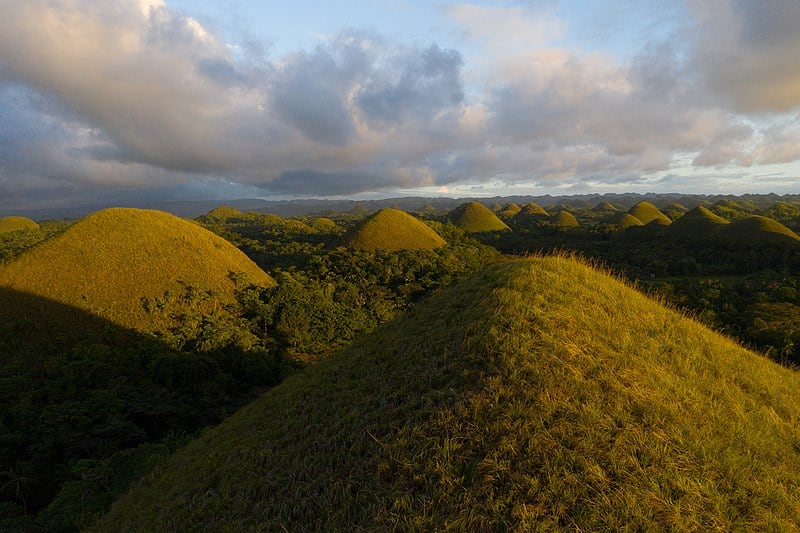
The Chocolate Hills in Bohol, Philippines, consist of at least 1,260 hills spread over an area of more than 50 square kilometers. During the dry season, the grass-covered hills turn brown, resembling chocolate mounds, hence their name. These conical karst hills are believed to have been formed from the uplift of coral deposits and subsequent erosion. Their uniform shape and size create a captivating and almost otherworldly landscape. The Chocolate Hills are a famous tourist attraction and a national geological monument.
Socotra Island, Yemen
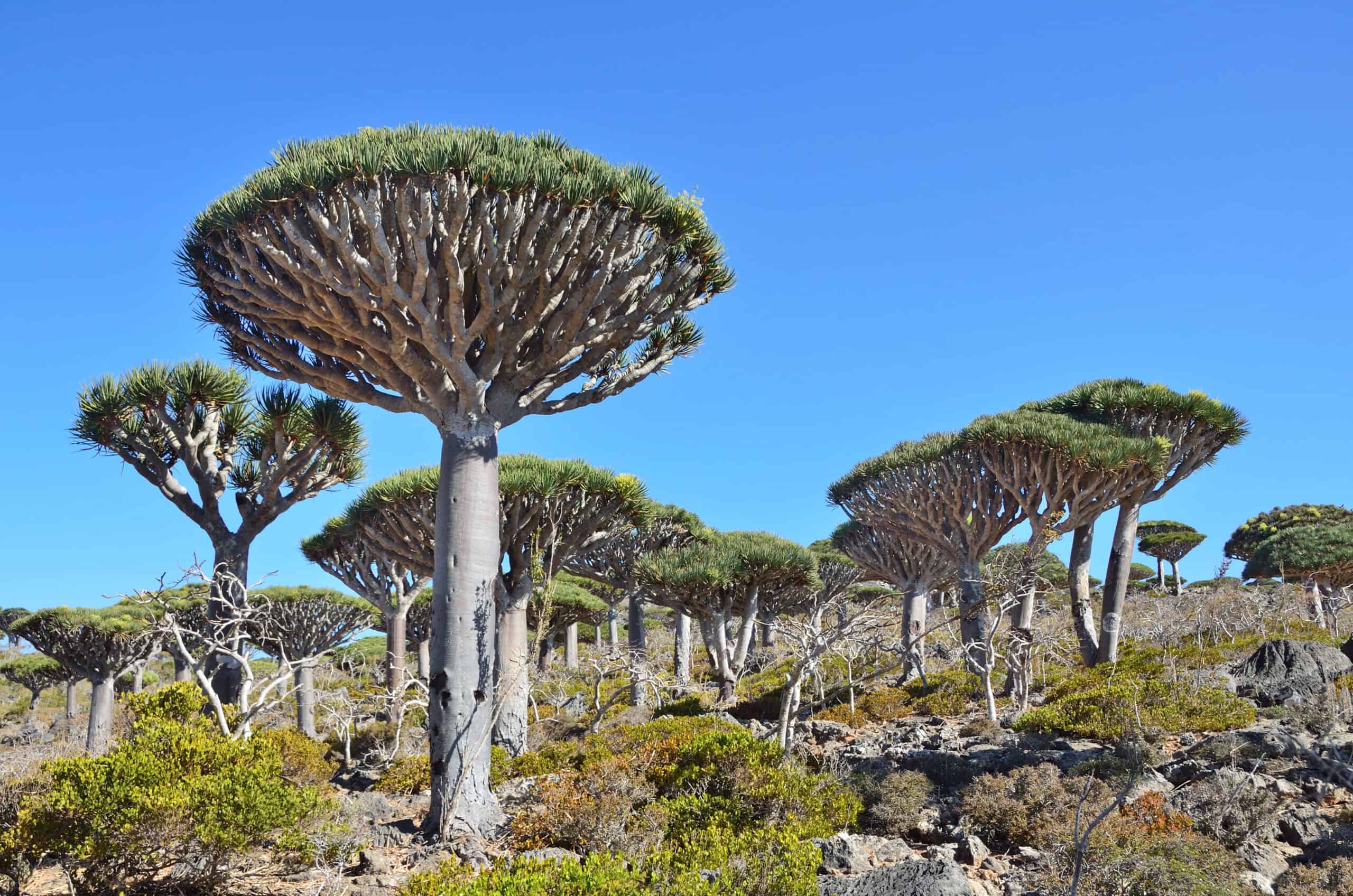
Socotra Island, part of Yemen, is known for its otherworldly landscapes and unique flora. The island’s most famous feature is the Dragon’s Blood Tree, with its umbrella-like canopy and red sap. Over one-third of Socotra’s plant species are found nowhere else on Earth, earning it the nickname “Galápagos of the Indian Ocean.” The island’s isolation and harsh climate have led to the evolution of these unique species. It is a UNESCO World Heritage Site, recognized for its biodiversity and ecological significance.
Great Blue Hole, Belize
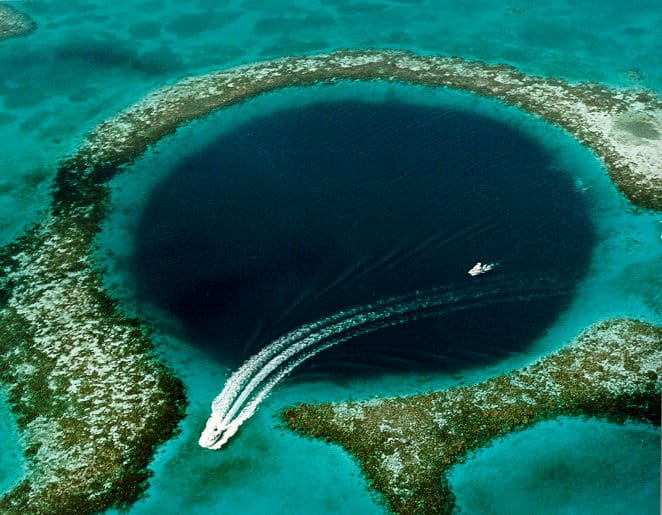
The Great Blue Hole is a massive underwater sinkhole off the coast of Belize. It measures over 300 meters in diameter and 124 meters deep, making it a popular site for diving. The hole was formed during several episodes of glaciation when sea levels were much lower. As the sea level rose, the cave system flooded, creating the blue hole. Divers are attracted to its crystal-clear waters and diverse marine life, including sharks, coral formations, and other oceanic species.
Mono Lake Tufa Towers, USA
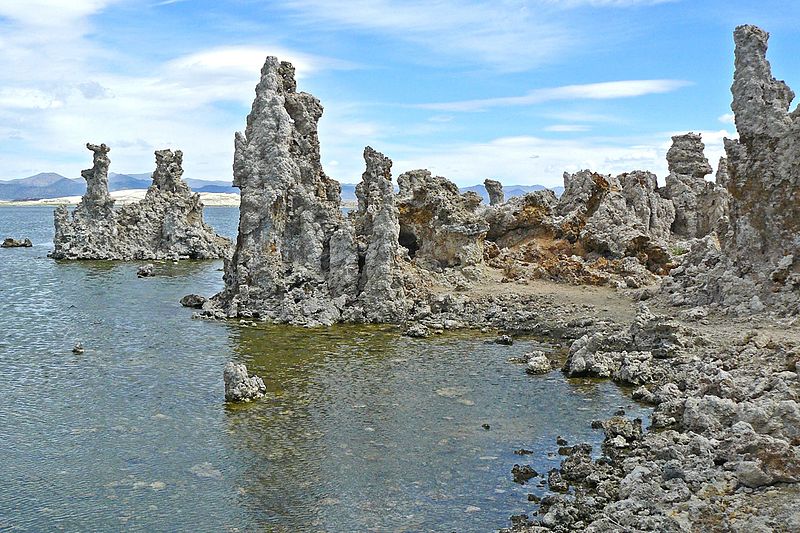
Mono Lake in California is known for its tufa towers, spires, and knobs formed from calcium carbonate. These formations arise from the interaction of freshwater springs and the alkaline lake water. The towers, some over 30 feet tall, create an eerie and captivating landscape. Mono Lake is also a vital habitat for migratory birds, making it an important ecological site. Efforts to preserve the lake and its unique formations have been ongoing since the 1980s.
Marble Caves, Chile

The Marble Caves, or Cuevas de Mármol, are a series of sculpted caves along the General Carrera Lake in Chile. The swirling patterns and vibrant blue colors of the marble walls are a result of waves eroding the calcium carbonate over thousands of years. Visitors can explore the caves by boat, witnessing the interplay of light and water that creates a mesmerizing effect. The Marble Caves are considered one of the most beautiful natural formations in the world. Their remote location adds to the allure and tranquility of the site.
Sailing Stones, USA
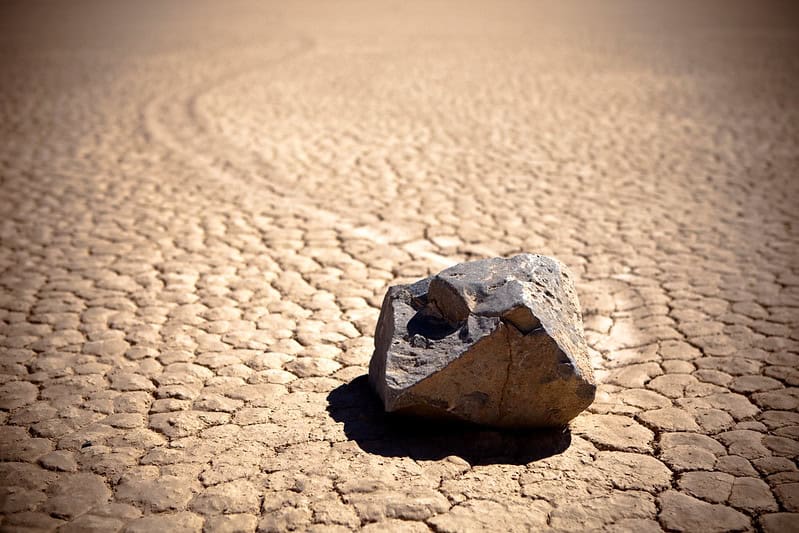
The Sailing Stones of Racetrack Playa in Death Valley National Park, California, are rocks that mysteriously move across the dry lake bed. The stones leave behind long trails in the cracked mud, although no one has ever seen them in motion. Scientists discovered that a combination of ice formation, wind, and thawing creates conditions that allow the stones to glide. The phenomenon continues to intrigue and puzzle visitors and researchers alike. It showcases the unique and sometimes mysterious processes of nature.
This article originally appeared on Rarest.org.
More From Rarest.Org
Whiskey aficionados know that some bottles hold not just great flavors but also immense value. Collectors worldwide seek out these rare bottles, each with a rich history and a high price tag. Read more.
Exploring the rarest artifacts from ancient civilizations offers a captivating glimpse into our distant past. These treasures, unearthed from forgotten tombs and sunken ships, reveal the ingenuity, artistry, and mysteries of ancient cultures. Read more.
Vintage postcards offer a unique glimpse into the past, capturing moments, places, and events in a way that modern media cannot replicate. Collectors value these pieces not only for their artistic and historical significance but also for their rarity and the stories they tell. Read more.


